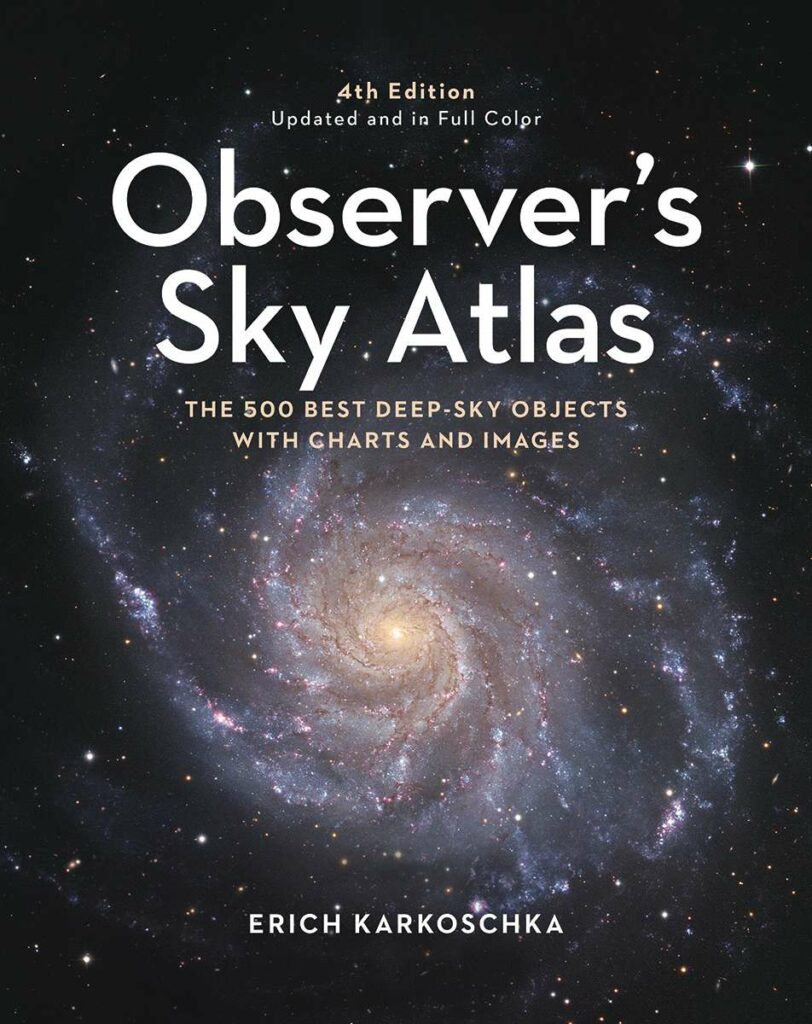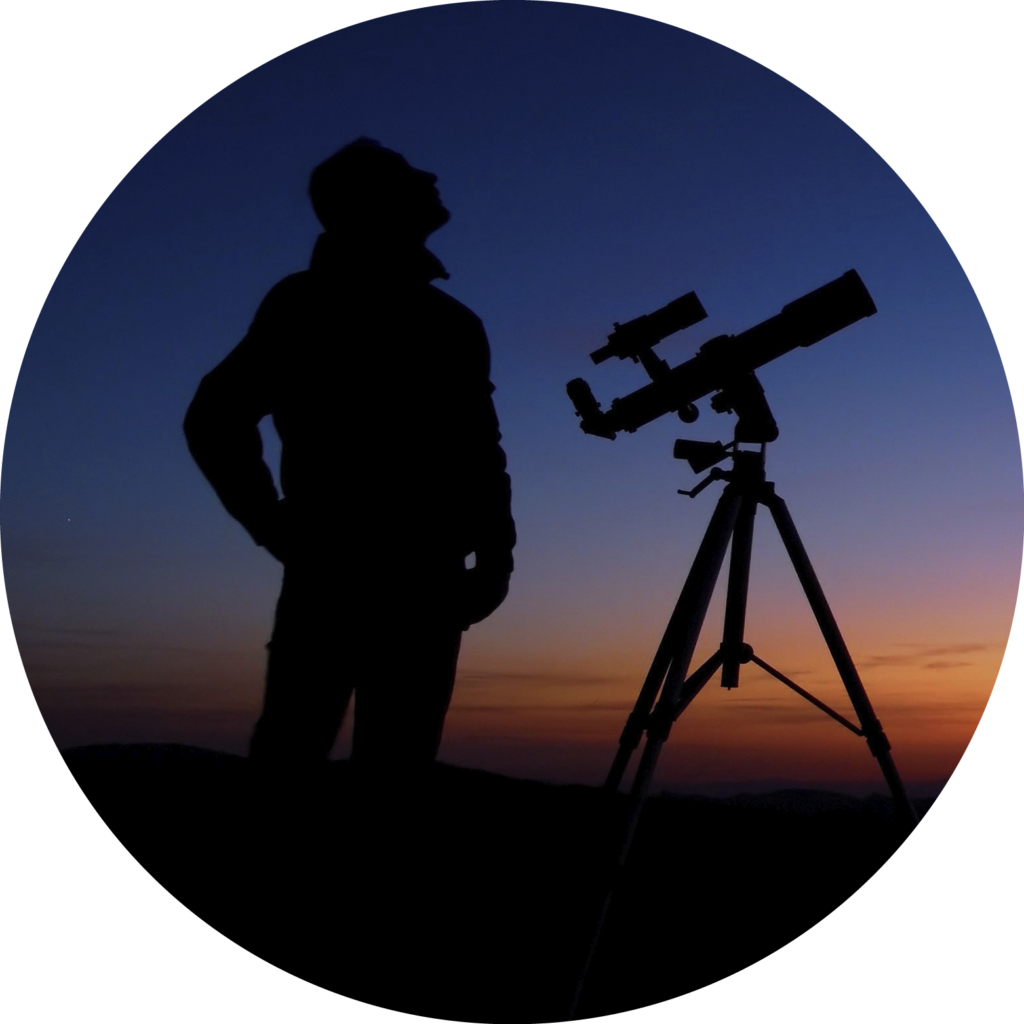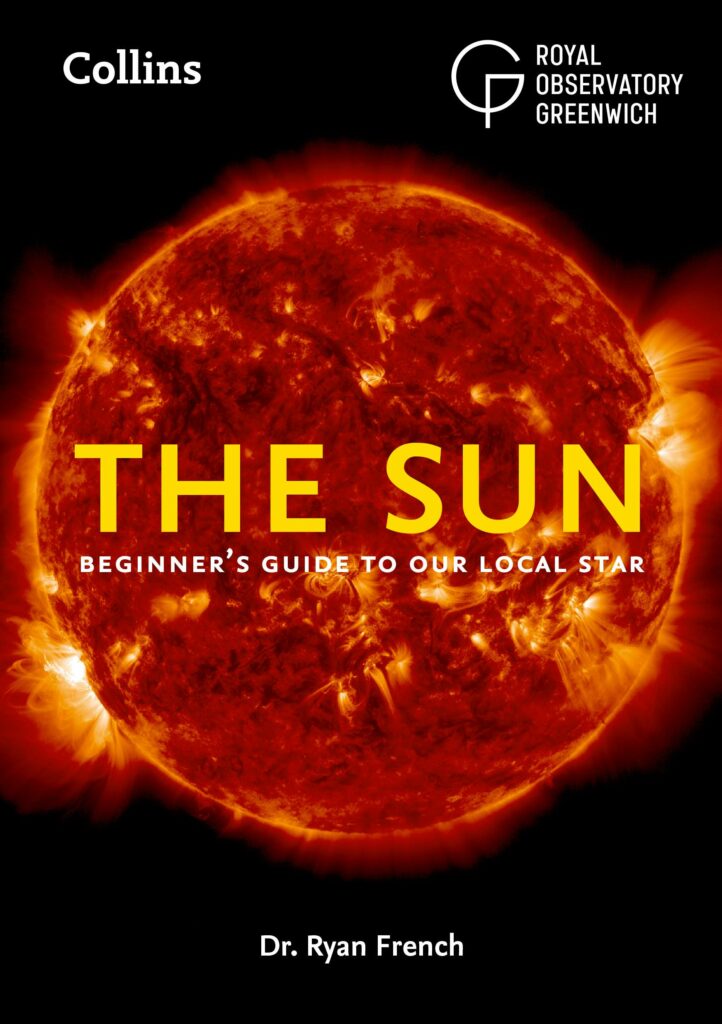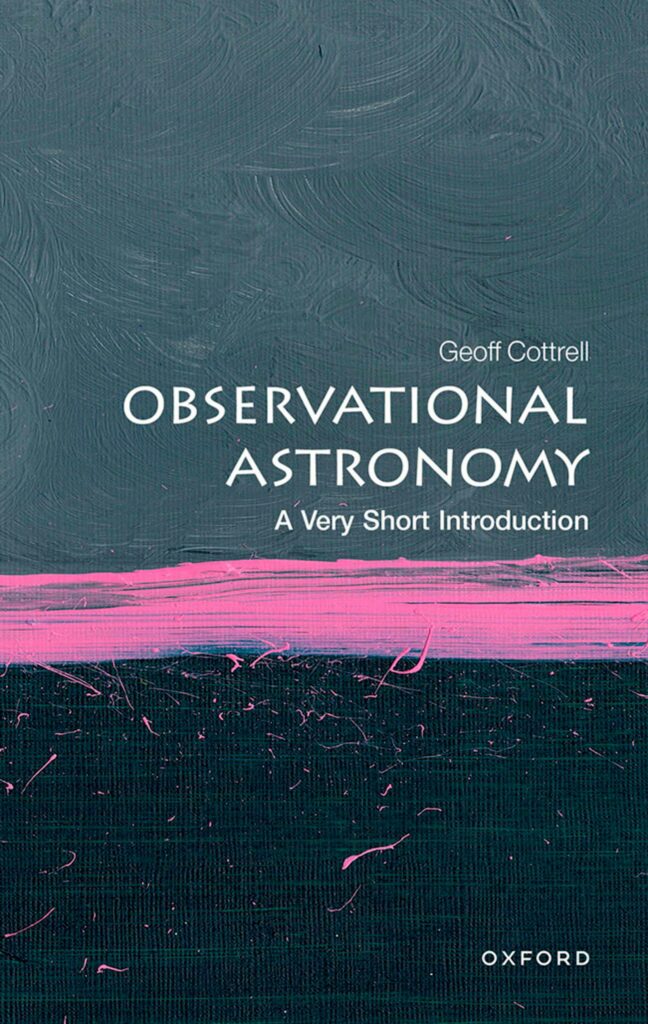New astronomy and space titles reviewed
Observer’s Sky Atlas
Erich Karkoschka
Firefly Books £29.95 ● HB

★★★★★
Observer’s Sky Atlas, written by astronomer Erich Karkoschka, has been an invaluable resource for both beginners and more experienced astronomers since 1990. First published in black and white, this indispensable night-sky atlas is now presented in its fourth edition: full-colour, expanded and revised using data from the ESA Gaia satellite. Crammed into its 144 pages are 500 deep-sky objects to observe, star charts and tables detailing lunar phases, planetary oppositions and fast-rotating binary stars up to the year 2060.
This new edition includes 61 new star charts and 532 images of galaxies, stars and nebulae – 415 of which are in full colour. Each object in the book can be viewed with the naked eye, binoculars or a small telescope, making it ideal for those starting out or who do not own powerful equipment. The amount of text in the book is minimal compared to other popular observing guides out there, so don’t expect lengthy explanations about the objects you are viewing. However, this has enabled Karkoschka to produce an extremely detailed visual guide, allowing the observer to accurately locate each object by using the coordinates provided, along with identifying magnitudes and spectral types.

The inclusion of miniature photographs of objects listed in the tables provides easier identification through the eyepiece, making for fulfilling and successful sessions under the night sky. The coloured star charts are cleverly designed for daytime and night-time use. Under the light of a red torch, the differing colour contrasts allow the important objects to appear in high contrast and the less important objects in low contrast.
If you are a first-time reader of the Sky Atlas, you may find it takes a bit of getting used to. At first glance, the charts, numbering and abbreviations may leave you baffled. However, all the information you need is there. You just need to put a few hours aside to read the introductory pages, digest the explanations and get the best out of your observing time with minimal fuss. It’s not hard to see why this is one of the most informative and best-loved sky guides.
Interview with the author Erich Karkoschka

What are your favourite targets to observe in the night sky?
My favourites would have to be the Large Magellanic Cloud, nebulae such as the Carina Nebula, the Orion Nebula and the Swan Nebula, and the brightest of the globular clusters.
What advice would you give to anyone just starting their journey in practical astronomy?
My advice would be not to start observing the night sky with a telescope before you’ve made yourself familiar with the night sky using just the naked eye. Then you can maybe move on to using small binoculars, then larger binoculars. Otherwise, your first views through a telescope are without context, which makes it hard to comprehend what one sees.
We live in an age of Go-To mounts and stargazing apps. Is that a good thing?
Go-To mounts can certainly help to find and view interesting objects: they are a good addition to starhopping. But trying to observe only with Go-To mounts is less satisfactory, since it is hard to bond with the night sky this way.
What should we be observing in the night sky for the rest of the year?
The summer sky has the most interesting objects in the Milky Way, so right about now is a good time to start exploring some of its targets. The giant planets Jupiter and Saturn will dominate the autumn sky, so we can turn our attentions there once the nights start getting longer again.
For the Love of Mars
Matthew Shindell
University of Chicago Press £20 ● HB

★★★★
“A malevolent planet, breeding anger and wars.” That’s how medieval physicians described our Solar System neighbour. “Mars causes men to spit blood, makes them melancholy, weakens their lungs, and causes itch or scurvy.” People even believed the Red Planet was the cause of the Black Death. That’s a very different view from the more recent idea of Mars as our next home planet, as advertised by SpaceX CEO Elon Musk, who wants to establish a one-million-person Mars city by 2059.
In this engaging book, historian Matthew Shindell, a curator at the Smithsonian National Air and Space Museum, takes his readers from antiquity to the Space Age, focusing on humanity’s fascination with Mars throughout the centuries. By using Mars as a guidepost, Shindell walks us through the history of our changing world view, providing many little-known stories that you won’t easily find in other astronomy books.
The second half of the book is more about space missions to Mars and is “more technical than […] previous chapters”, according to the author. But even here Shindell is more concerned with the human perception of our neighbouring planet than with anything else, alternating literature, science fiction and cinema with very accessible descriptions of Mars missions, from Mariner 4 to Perseverance.
If you want a thorough scientific description of Mars exploration, this book won’t be what you’re looking for. But if you want to be surprised and inspired by humankind’s fascination with the Red Planet, For the Love of Mars is a great read.
SOLAR SCIENCE
The Sun: Beginner’s Guide to our Local Star
Ryan French
Collins £8.99 ● PB

★★★★★
Our Sun is often considered to be an unremarkable star of average age. However, it regularly throws out huge eruptions of magnetised plasma that not only cause dazzling aurora displays but also wreak havoc on our technological systems. Unlike other stars, we can observe our Sun and the fundamental processes that occur on the surface and in the solar atmosphere with unprecedented detail.
This book not only gives a concise and comprehensive guide to the physics of the Sun, its processes such as magnetic reconnection and their consequences here on Earth, but also how the physics relates to other stars and exoplanets. French provides a practical introduction and the necessary tools required to access and understand a multitude of high-resolution solar observations in different wavelengths, and how to safely observe the Sun from the comfort of your own home.
Beginning with a brief historical interlude on the mysteries of the Sun that plagued humankind for centuries – like whether dark sunspots on the surface were inhabitable regions of the Sun, or whether their numbers trended with the price of wheat – serves as a reminder that even the most accomplished scientists can make embarrassing mistakes as well as amazing, accidental discoveries. By the end of the story of sunlight, which includes spectacular images of sunspots, flares, prominences and solar eruptions both from a range of old and new space-borne satellites and ground-based telescopes, you will be left looking at our Sun in a whole new light.
Observational Astronomy
A Very Short Introduction
Geoff Cottrell
Oxford University Press £8.99 ● PB

★★★★★
Originally published in 2016 as Telescopes: A Very Short Introduction, this book has been completely revised to reflect the extensive field of the observational side of modern astronomy and astrophysics. The book now packs an astronomical punch. Although compact, Observational Astronomy nevertheless takes us on an insightful journey through the cosmos, exposing the current technology that enables us to see further and deeper into space than ever before.
Telescopes have probed beyond the narrow visible region of the electromagnetic spectrum to reveal the Universe at radio, infrared, ultraviolet, X-ray and gamma-ray wavelengths. Whether on Earth or in space, whether large or small, whether working in collaboration – through interferometry or multi-messenger astronomy – or in isolation, innovative ‘eyes on the sky’ have revealed more and more exotic phenomena. With each exciting discovery, theory and observation have been inseparably entwined and more questions have arisen.
This volume explores dark matter, dark energy, the CMB radiation, subatomic neutrino particles, highly energetic cosmic ray particles and gravitational waves: ripples straining spacetime by as little as 1/200th the width of a proton but informing us of the violent mergers of black holes and neutron stars billions of lightyears away.
An extensive section on the Event Horizon Telescope and James Webb Space Telescope bring us bang up to date. This well-written, well-researched, fact-rammed book slips easily into your pocket. It’s small but don’t be misled; between its covers is the observable Universe and an in-depth technological odyssey well worth the read.